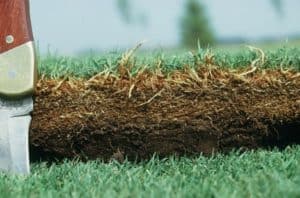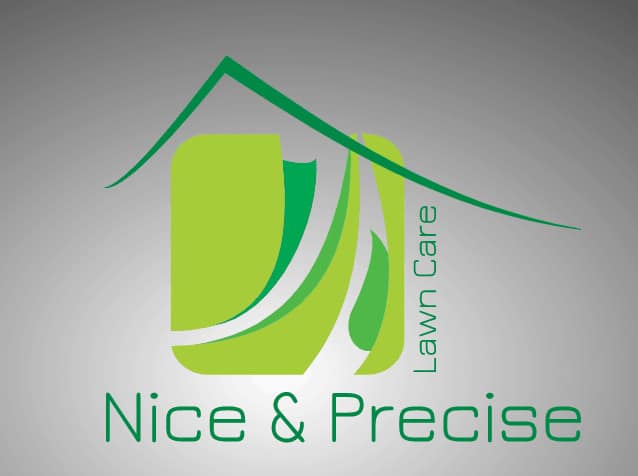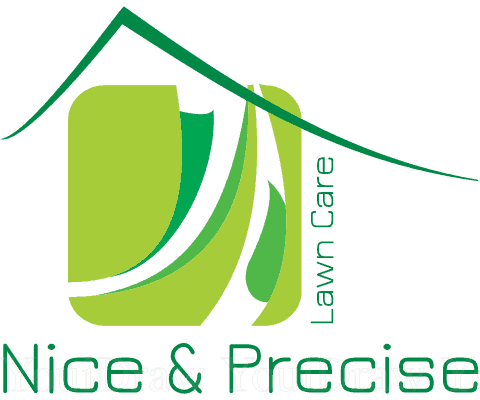Thatch is an accumulated layer of living and dead
plant parts that build up between the soil surface and
the green canopy of grass blades. It resembles a spongy
layer of peat moss.
Thatch can be beneficial and problematic. Thatch supplies necessary food sources for microbes and organic
matter to incorporate into the soil. But excessive thatch
also can harbor diseases that cause fungi and interfere
with the helpful nutrients of soil. Thatch that is properly balanced promotes growth and appearance of a
well-groomed lawn. Proper balance of thatch requires a
combination of management practices. These include
preventing thatch buildup by reducing plant growth,
improving microbial decomposition, and mechanical
removal of thatch when necessary.

Preventing thatch
Adopt a lower maintenance philosophy and don’t be
infatuated with dark green color. Instead, be content
with a healthy and dense lawn that has a uniform green
color, not necessarily the darkest green. Lawns have a
maximum color and density that are genetically determined by grass varieties in the lawn.
Forcing a lawn beyond its potential will lead to thatch accumulation
and will require additional work to prevent or remove
problem thatch. Some lawn care enthusiasts are absolutely obsessed with having the thickest, darkest green, and lowest cut lawn in the neighborhood.
To achieve their passions, lawns are mowed too low, and nitrogen
and watering are applied at rates that exceed what is
necessary to produce a pleasant lawn. Lawns receiving
this extra “tender love and care” are actually more prone
to thatch buildup. Instead of forcing grass growth, select
cultivars that provide the same appearance without extra
work. Kentucky bluegrass varieties, such as Midnight,
Blacksburg, Able I, Barsweet, and Eclipse, remain darker
green without using extra nitrogen. These varieties also
are compact types that have reduced vertical growth
and tolerate closer mowing. Tall fescue and perennial
ryegrass are other lawn species used in Iowa that seldom
develop thatch problems.
Best Lawn Treatments
Aerating by core cultivation greatly improves the thatch/soil micro-environment. A core aerating machine punches hollow tines into the soil and removes small soil cores about the size of your index finger. Do not remove the soil cores from the surface. Once dry, mowing will crumble the cores and deposit a beneficial layer of soil on the thatch surface. This mixing of soil and thatch along with improved aeration increases microorganism activity and thatch decay.

